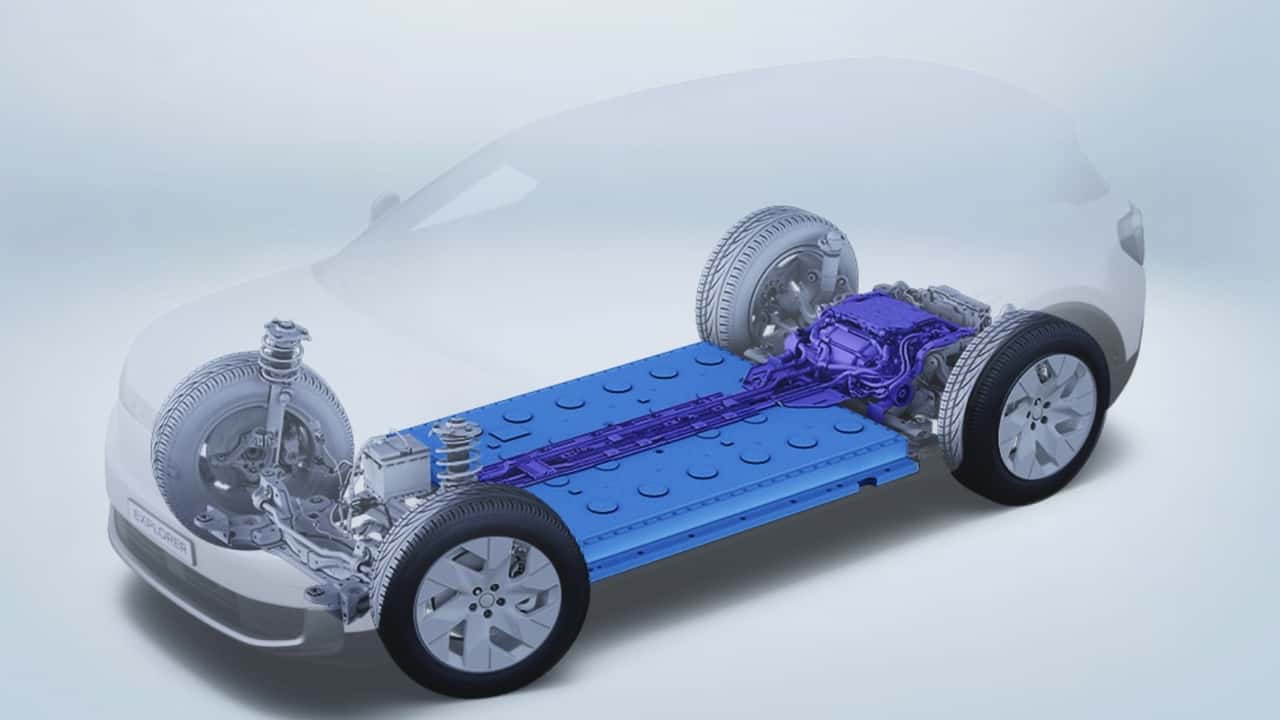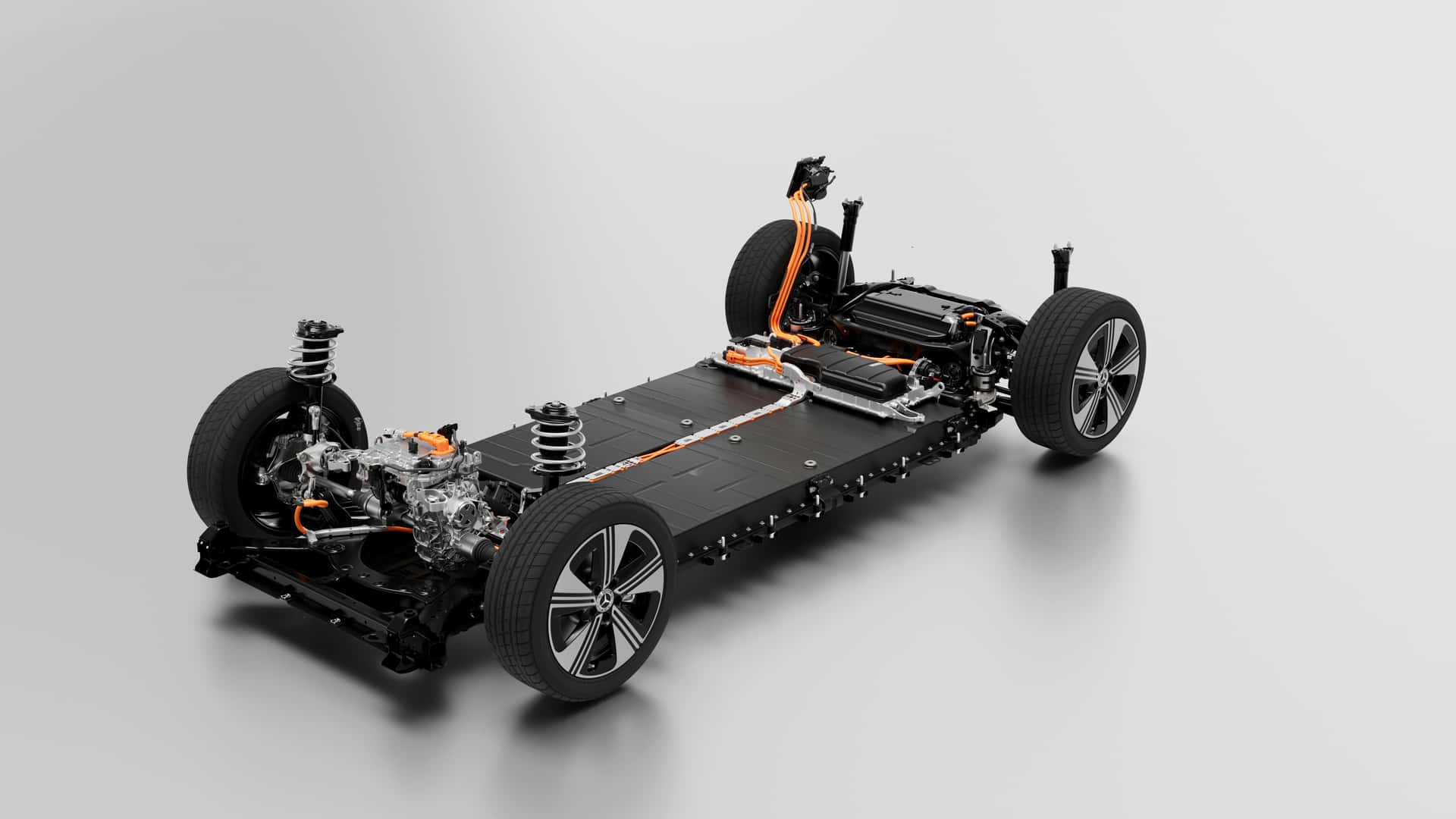Scientists say batteries that can repair themselves can be the “secret sauce” to improving range and lifespan.
- A project in Europe aims to create a battery that’s environmentally friendly and energy-dense.
- Researchers are said to have created a “super glue” that keeps the structure intact even after the object has been damaged.
- The chemistry features specialized cathodes and anodes along with a novel electrolyte that safeguards them both.
There isn’t a universal approach when it comes to electric vehicle batteries. The size varies among different types of vehicles, and often so does their chemistry. However, the objectives for manufacturers stay consistent: higher energy density, quicker charging times, affordability, and enhanced safety. Yet, the methods employed continue to evolve. European battery researchers suggest that an eco-friendly “self-healing” system could be part of the answer to meet these aims.
Norwegian research organization
SINTEF
— also referred to as The Institute for Industrial and Technological Research — has been testing a battery they assert is more stable compared to conventional lithium-ion cells and offers superior driving range along with extended durability. They described this battery using the metaphor of a “sandwich,” featuring the cathode above, the anode below, and separators plus binding agents in the middle. While this comparison could apply to batteries generally, what sets this particular design apart will become clear shortly.
The cathode reportedly uses lithium-nickel-manganese oxide, which is apparently cobalt-free and contains less nickel and less lithium than traditional EV batteries. This chemistry provides a higher average voltage, which should improve charging times and performance. It also packs more energy into a smaller volume, SINTEF scientist Nils Peter Wagner told British publication
Tech Xplore
.
The anode, on the other hand, is made from a silicon-graphite composite. Battery companies are increasingly exploring
silicon anodes
as they remove the inefficiencies of a graphite-heavy anode. Several American battery start-ups, including Amprius, Group14 and Sila Nanotechnologies are exploring silicon anodes. The downside is that Silicon anodes tend to swell during the charge and discharge cycles. But that problem is solved with the graphite composite, which lends the anode strength and stability.
There’s also a “super glue” that reportedly repairs minor damage to the cells, akin to a self-sealing car tire. It comes in the form of special binders and separators that hold the battery structure together. In simple terms, a binder is a material that keeps active particles in a battery together, whereas a
separator
Stops short circuits, ensuring that the cathode and anode do not touch each other. The development of the initial generation-one prototype electrolyte using these materials has been finished, and currently, the emphasis is on advancing to second-generation cells, as stated by SINTEF.

The final hurdle is determining how to introduce this technology to the market, as efforts are apparently being made to increase manufacturing capacity. While innovating in a laboratory setting is significant, transforming that research into a viable, large-scale commercial item poses an entirely different set of challenges. Over recent years, we’ve witnessed numerous advancements in battery chemistries; however, very few have successfully transitioned from theory to actual implementation.
As Bob Lee, who serves as the president and chief strategy officer of LG Energy Solution in North America, stated
Autoline Network
Podcast: “The key lies in manufacturing technology. The challenge is producing batteries at high volumes over extensive surfaces uniformly.”
Have a tip? Contact the author:
suvrat.kothari@insideevs.com
Related Stories
- 2026 Mercedes CLA-Class: A 500-Mile EV Plus A Hybrid, Too
- Toyota Has Just Demonstrated That Electric Vehicles Are Here to Stay
- U.S. Electric Vehicle Sales Are Rising Amidst The Turmoil
- China’s Advanced Vehicle Technology Might Reach the US via Volkswagen










